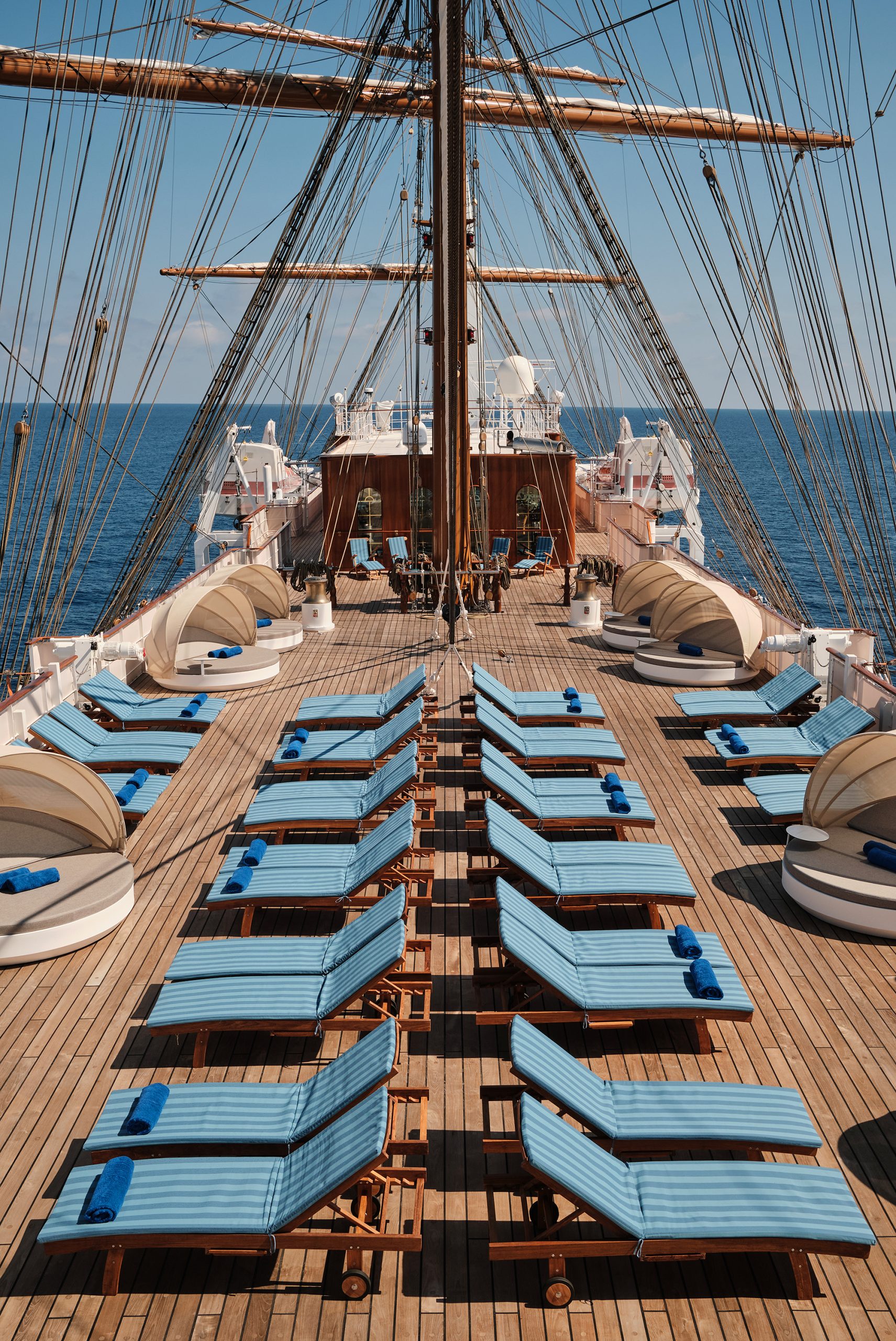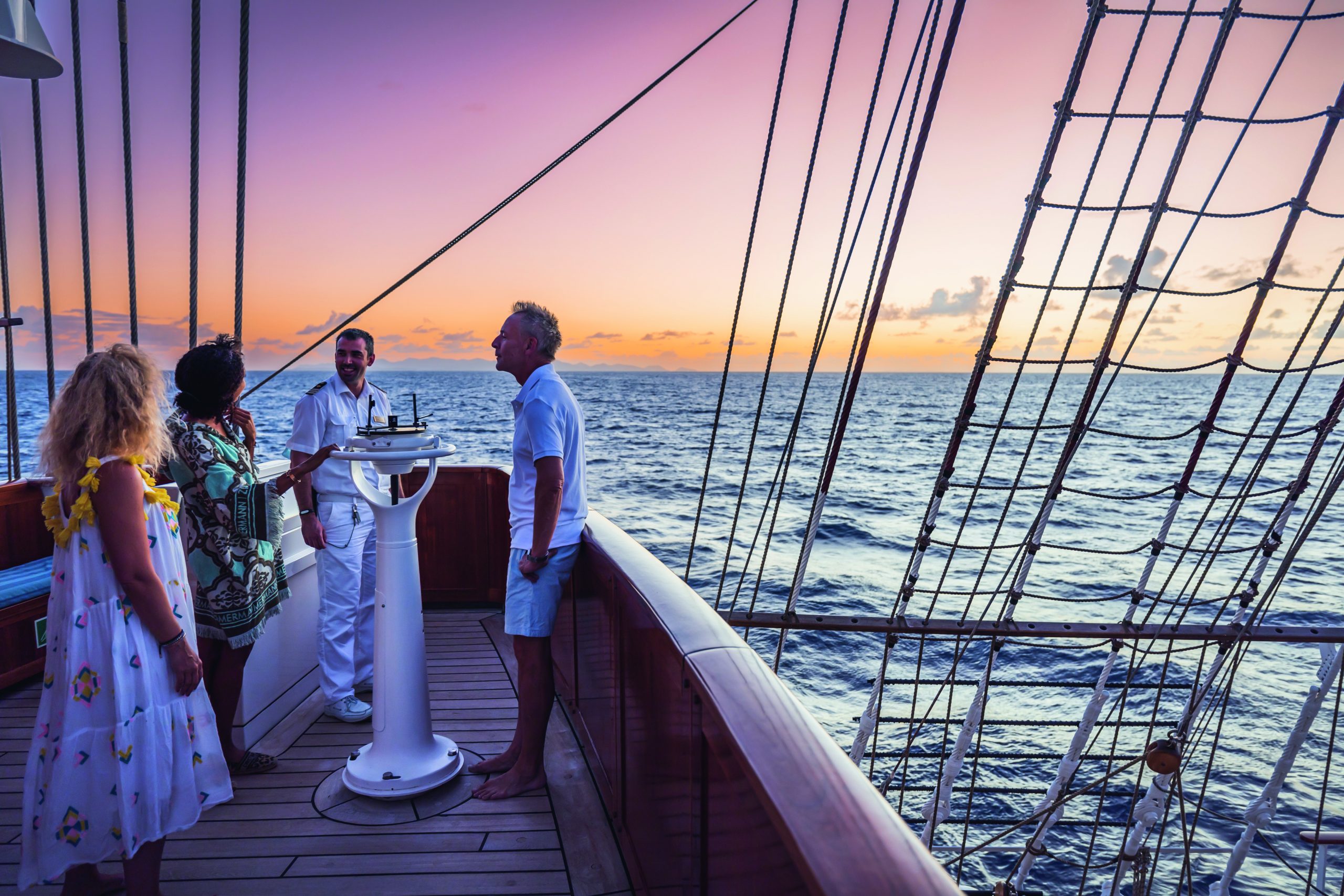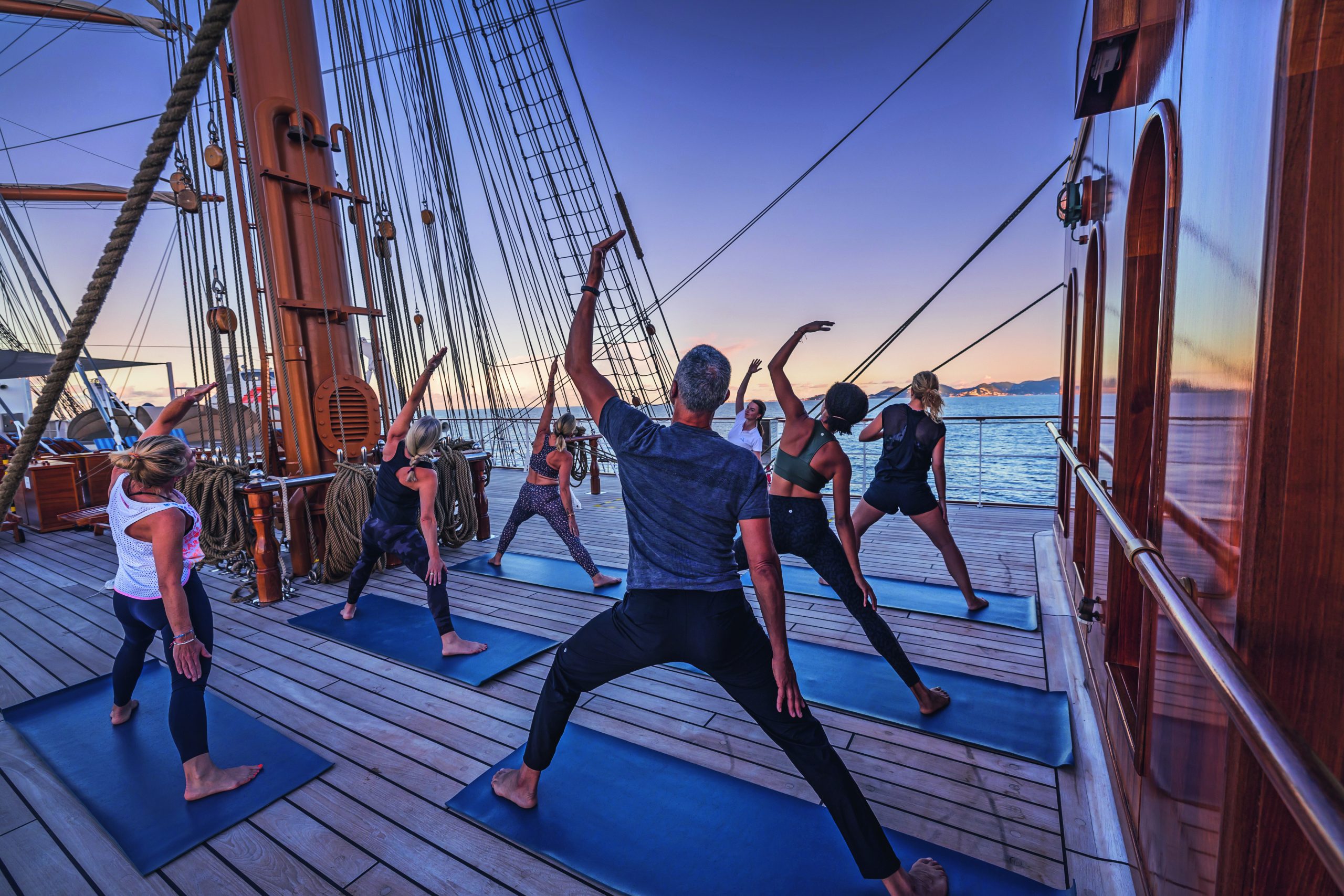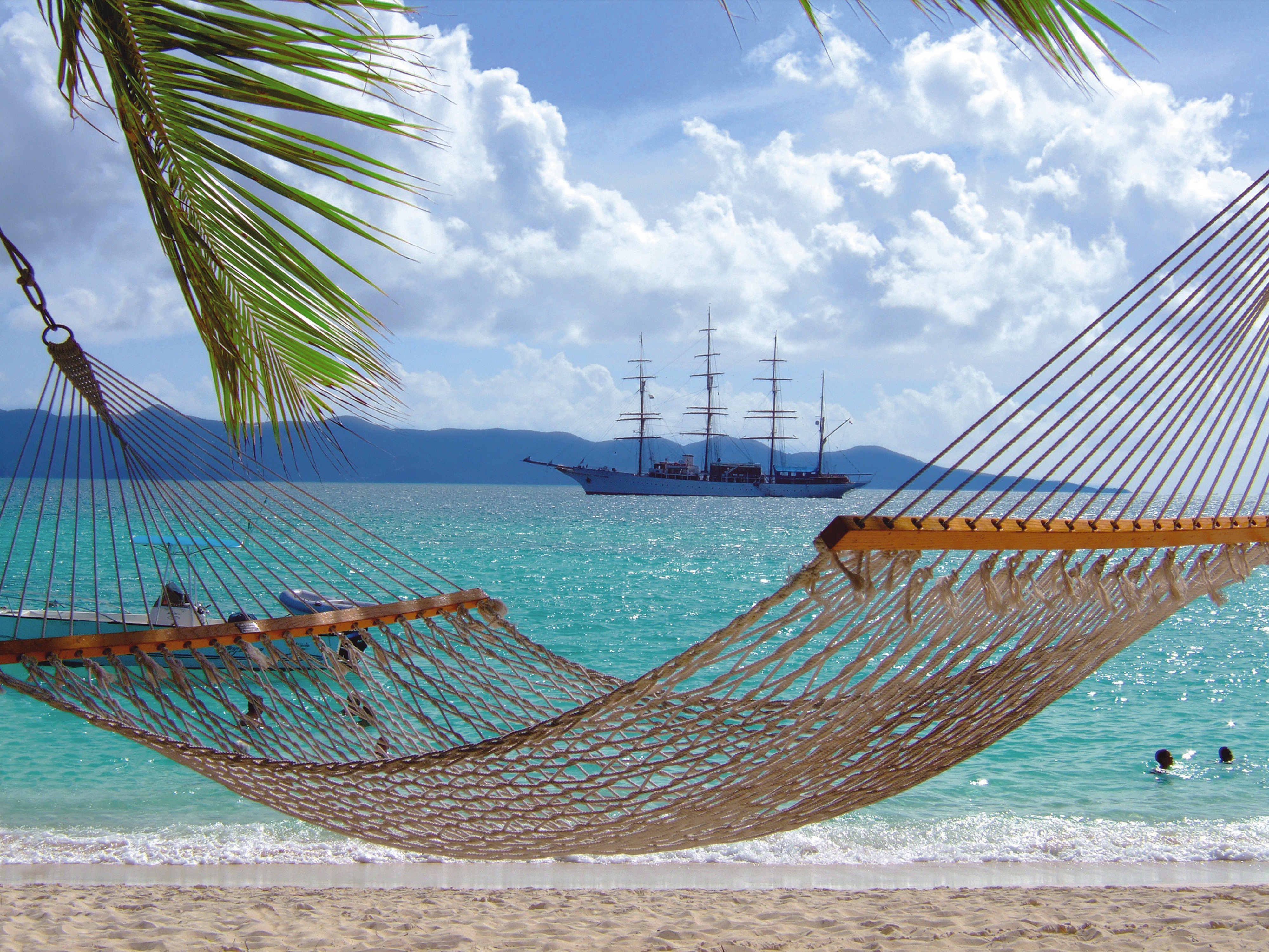Itinerary
Nothing can prepare you for your first sight of Dubrovnik. Lying 216 km (135 miles) southeast of Split and commanding a jaw-dropping coastal location, it is one of the world’s most beautiful fortified cities. Its massive stone ramparts and fortress towers curve around a tiny harbor, enclosing graduated ridges of sun-bleached orange-tiled roofs, copper domes, and elegant bell towers. Your imagination will run wild picturing what it looked like seven centuries ago when the walls were built, without any suburbs or highways around it, just this magnificent stone city rising out of the sea.In the 7th century AD, residents of the Roman city Epidaurum (now Cavtat) fled the Avars and Slavs of the north and founded a new settlement on a small rocky island, which they named Laus, and later Ragusa. On the mainland hillside opposite the island, the Slav settlement called Dubrovnik grew up. In the 12th century the narrow channel separating the two settlements was filled in (now the main street through the Old Town, called Stradun), and Ragusa and Dubrovnik became one. The city was surrounded by defensive walls during the 13th century, and these were reinforced with towers and bastions in the late 15th century.From 1358 to 1808 the city thrived as a powerful and remarkably sophisticated independent republic, reaching its golden age during the 16th century. In 1667 many of its splendid Gothic and Renaissance buildings were destroyed by an earthquake. The defensive walls survived the disaster, and the city was rebuilt in baroque style.Dubrovnik lost its independence to Napoléon in 1808, and in 1815 passed to Austria-Hungary. During the 20th century, as part of Yugoslavia, the city became a popular tourist destination, and in 1979 it was listed as a UNESCO World Heritage Site. During the war for independence, it came under heavy siege. Thanks to careful restoration, few traces of damage remain; however, there are maps inside the Pile and Ploče Gates illustrating the points around the city where damage was done. It’s only when you experience Dubrovnik yourself that you can understand what a treasure the world nearly lost
Dalmatia’s capital for more than 1,000 years, Zadar is all too often passed over by travelers on their way to Split or Dubrovnik. What they miss out on is a city of more than 73,000 that is remarkably lovely and lively despite—and, in some measure, because of—its tumultuous history. The Old Town, separated from the rest of the city on a peninsula some 4 km (2½ miles) long and just 1,640 feet wide, is bustling and beautiful: the marble pedestrian streets are replete with Roman ruins, medieval churches, palaces, museums, archives, and libraries. Parts of the new town are comparatively dreary, a testament to what a world war followed by decades of communism, not to mention a civil war, can do to the architecture of a city that is 3,000 years old. A settlement had already existed on the site of the present-day city for some 2,000 years when Rome finally conquered Zadar in the 1st century BC; the foundations of the forum can be seen today. Before the Romans came the Liburnians had made it a key center for trade with the Greeks and Romans for 800 years. In the 3rd century BC the Romans began to seriously pester the Liburnians, but required two centuries to bring the area under their control. During the Byzantine era, Zadar became the capital of Dalmatia, and this period saw the construction of its most famous church, the 9th-century St. Donat’s Basilica. It remained the region’s foremost city through the ensuing centuries. The city then experienced successive onslaughts and occupations—both long and short—by the Osogoths, the Croatian-Hungarian kings, the Venetians, the Turks, the Habsburgs, the French, the Habsburgs again, and finally the Italians before becoming part of Yugoslavia and, in 1991, the independent republic of Croatia. Zadar was for centuries an Italian-speaking city, and Italian is still spoken widely, especially by older people. Indeed, it was ceded to Italy in 1921 under the Treaty of Rapallo (and reverted to its Italian name of Zara). Its occupation by the Germans from 1943 led to intense bombing by the Allies during World War II, which left most of the city in ruins. Zadar became part of Tito’s Yugoslavia in 1947, prompting many Italian residents to leave. Zadar’s most recent ravages occurred during a three-month siege by Serb forces and months more of bombardment during the Croatian-Serbian war between 1991 and 1995. But you’d be hard-pressed to find outward signs of this today in what is a city to behold. There are helpful interpretive signs in English all around the Old Town, so you certainly won’t feel lost when trying to make sense of the wide variety of architectural sites you might otherwise pass by with only a cursory look.
Šibenik’s main monument, its Gothic-Renaissance cathedral, built of pale-gray Dalmatian stone and designated a UNESCO World Heritage Site, stands on a raised piazza close to the seafront promenade. From here a network of narrow, cobbled streets leads through the medieval quarter of tightly packed, terra-cotta–roof houses, and up to the ruins of a 16th-century hilltop fortress. The city has never been a real tourist destination. Before the Croatian war for independence, it was a relatively prosperous industrial center, but when the factories closed, Šibenik sank into an economic depression. However, the cathedral more than warrants a look, and it makes a decent base for visiting the waterfalls of Krka National Park.
The Croatian island of Hvar bills itself as the “sunniest island in the Adriatic.” Not only does it have the figures to back up this claim—an annual average of 2,724 hours of sunshine—but it also makes visitors a sporting proposition, offering them a money-back guarantee if there are seven consecutive days of snow (snow has been known to fall here; the last time being February 2012).
Off the coast of Croatia in the southern Adriatic Sea lie some thousand islands and the largest of them, Korçula, is considered the most beautiful. With an average of 3,000 hours of sunshine per annum, which guarantees a wide assortment of Mediterranean vegetation, it is not difficult to understand why seasoned travelers compare Korçula to a latter-day Eden. Separated from the mainland by a channel of only one mile, Korçula’s main town, named the same as the island, ranks among the best preserved medieval towns in the Mediterranean. It is the island’s main tourist, economic and cultural center. Thanks to its strategic location along the sea trade routes, Korçula has always attracted travelers and settlers. Korcula was founded by Greek colonists, who were followed by Illyrians, Romans and finally the Croats. The Korçula Statute of 1214 is one of the oldest legal documents to have been adopted in this part of Europe. The same century saw the birth of the famous world traveler, Marco Polo. The house said to be his birthplace can be seen in town. Korçulans have always been known as keen seafarers, excellent shipbuilders, stonemasons and artists. From their many voyages, sailors brought back new ideas, which eventually mixed with local customs. To this day, Korçula has maintained the tradition of performing knightly games such as the chivalrous Moreska dance, which has been in existence for more than 400 years. Visitors to Korçula enjoy its stunning location, natural beauty and medieval ambiance. And if that’s not enough, the town offers numerous attractions that are within walking distance from the pier, including the City Museum and the Bishop’s Treasury.
Nothing can prepare you for your first sight of Dubrovnik. Lying 216 km (135 miles) southeast of Split and commanding a jaw-dropping coastal location, it is one of the world’s most beautiful fortified cities. Its massive stone ramparts and fortress towers curve around a tiny harbor, enclosing graduated ridges of sun-bleached orange-tiled roofs, copper domes, and elegant bell towers. Your imagination will run wild picturing what it looked like seven centuries ago when the walls were built, without any suburbs or highways around it, just this magnificent stone city rising out of the sea.In the 7th century AD, residents of the Roman city Epidaurum (now Cavtat) fled the Avars and Slavs of the north and founded a new settlement on a small rocky island, which they named Laus, and later Ragusa. On the mainland hillside opposite the island, the Slav settlement called Dubrovnik grew up. In the 12th century the narrow channel separating the two settlements was filled in (now the main street through the Old Town, called Stradun), and Ragusa and Dubrovnik became one. The city was surrounded by defensive walls during the 13th century, and these were reinforced with towers and bastions in the late 15th century.From 1358 to 1808 the city thrived as a powerful and remarkably sophisticated independent republic, reaching its golden age during the 16th century. In 1667 many of its splendid Gothic and Renaissance buildings were destroyed by an earthquake. The defensive walls survived the disaster, and the city was rebuilt in baroque style.Dubrovnik lost its independence to Napoléon in 1808, and in 1815 passed to Austria-Hungary. During the 20th century, as part of Yugoslavia, the city became a popular tourist destination, and in 1979 it was listed as a UNESCO World Heritage Site. During the war for independence, it came under heavy siege. Thanks to careful restoration, few traces of damage remain; however, there are maps inside the Pile and Ploče Gates illustrating the points around the city where damage was done. It’s only when you experience Dubrovnik yourself that you can understand what a treasure the world nearly lost
Nothing can prepare you for your first sight of Dubrovnik. Lying 216 km (135 miles) southeast of Split and commanding a jaw-dropping coastal location, it is one of the world’s most beautiful fortified cities. Its massive stone ramparts and fortress towers curve around a tiny harbor, enclosing graduated ridges of sun-bleached orange-tiled roofs, copper domes, and elegant bell towers. Your imagination will run wild picturing what it looked like seven centuries ago when the walls were built, without any suburbs or highways around it, just this magnificent stone city rising out of the sea.In the 7th century AD, residents of the Roman city Epidaurum (now Cavtat) fled the Avars and Slavs of the north and founded a new settlement on a small rocky island, which they named Laus, and later Ragusa. On the mainland hillside opposite the island, the Slav settlement called Dubrovnik grew up. In the 12th century the narrow channel separating the two settlements was filled in (now the main street through the Old Town, called Stradun), and Ragusa and Dubrovnik became one. The city was surrounded by defensive walls during the 13th century, and these were reinforced with towers and bastions in the late 15th century.From 1358 to 1808 the city thrived as a powerful and remarkably sophisticated independent republic, reaching its golden age during the 16th century. In 1667 many of its splendid Gothic and Renaissance buildings were destroyed by an earthquake. The defensive walls survived the disaster, and the city was rebuilt in baroque style.Dubrovnik lost its independence to Napoléon in 1808, and in 1815 passed to Austria-Hungary. During the 20th century, as part of Yugoslavia, the city became a popular tourist destination, and in 1979 it was listed as a UNESCO World Heritage Site. During the war for independence, it came under heavy siege. Thanks to careful restoration, few traces of damage remain; however, there are maps inside the Pile and Ploče Gates illustrating the points around the city where damage was done. It’s only when you experience Dubrovnik yourself that you can understand what a treasure the world nearly lost
Nothing can prepare you for your first sight of Dubrovnik. Lying 216 km (135 miles) southeast of Split and commanding a jaw-dropping coastal location, it is one of the world’s most beautiful fortified cities. Its massive stone ramparts and fortress towers curve around a tiny harbor, enclosing graduated ridges of sun-bleached orange-tiled roofs, copper domes, and elegant bell towers. Your imagination will run wild picturing what it looked like seven centuries ago when the walls were built, without any suburbs or highways around it, just this magnificent stone city rising out of the sea.In the 7th century AD, residents of the Roman city Epidaurum (now Cavtat) fled the Avars and Slavs of the north and founded a new settlement on a small rocky island, which they named Laus, and later Ragusa. On the mainland hillside opposite the island, the Slav settlement called Dubrovnik grew up. In the 12th century the narrow channel separating the two settlements was filled in (now the main street through the Old Town, called Stradun), and Ragusa and Dubrovnik became one. The city was surrounded by defensive walls during the 13th century, and these were reinforced with towers and bastions in the late 15th century.From 1358 to 1808 the city thrived as a powerful and remarkably sophisticated independent republic, reaching its golden age during the 16th century. In 1667 many of its splendid Gothic and Renaissance buildings were destroyed by an earthquake. The defensive walls survived the disaster, and the city was rebuilt in baroque style.Dubrovnik lost its independence to Napoléon in 1808, and in 1815 passed to Austria-Hungary. During the 20th century, as part of Yugoslavia, the city became a popular tourist destination, and in 1979 it was listed as a UNESCO World Heritage Site. During the war for independence, it came under heavy siege. Thanks to careful restoration, few traces of damage remain; however, there are maps inside the Pile and Ploče Gates illustrating the points around the city where damage was done. It’s only when you experience Dubrovnik yourself that you can understand what a treasure the world nearly lost
Ship features
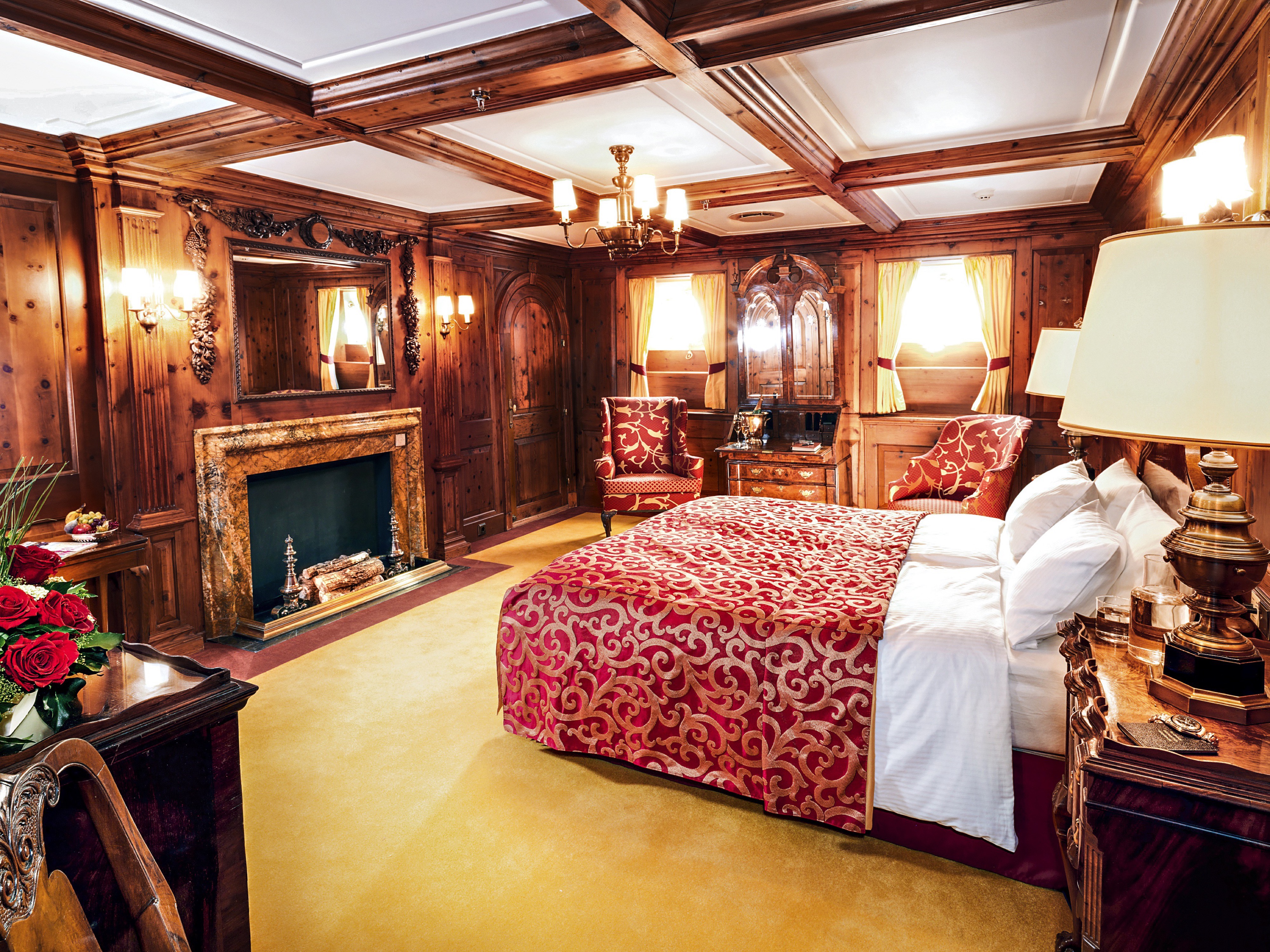
Luxury Owner's Cabin (Cat. A)
Cabin 1 – Probably the most legendary ship’s cabin ever. Marjorie has furnished the luxury suite herself. Whenever she traveled with the SEA CLOUD, these rooms were her home. Fireplace and bathroom in white Carrara marble, gold-plated swan necks as fittings, valuable Louis Philippe chairs, a large bed of varnish in old white decorated with gold, elaborate ceiling ornaments and a room-high dressing mirror: the furnishings she selected with exquisite taste reflect the successful American entrepreneur’s desire to spend time on her private yacht in a luxurious ambience.
Cabin 2 – In addition to her exquisite taste, Marjorie’s attention to detail is evident in the interior of the owner’s cabins. This is also reflected in the suite of her first husband Edward Hutton, who gave her the unique SEA CLOUD as a gift. The maple wood panelling gives the cabin a feeling of warmth and solidity; the light coffered ceiling gives the room a certain lightness. Special highlight: Edward Hutton’s beautiful “Bureau Bookcase” secretary with mirrored glass.
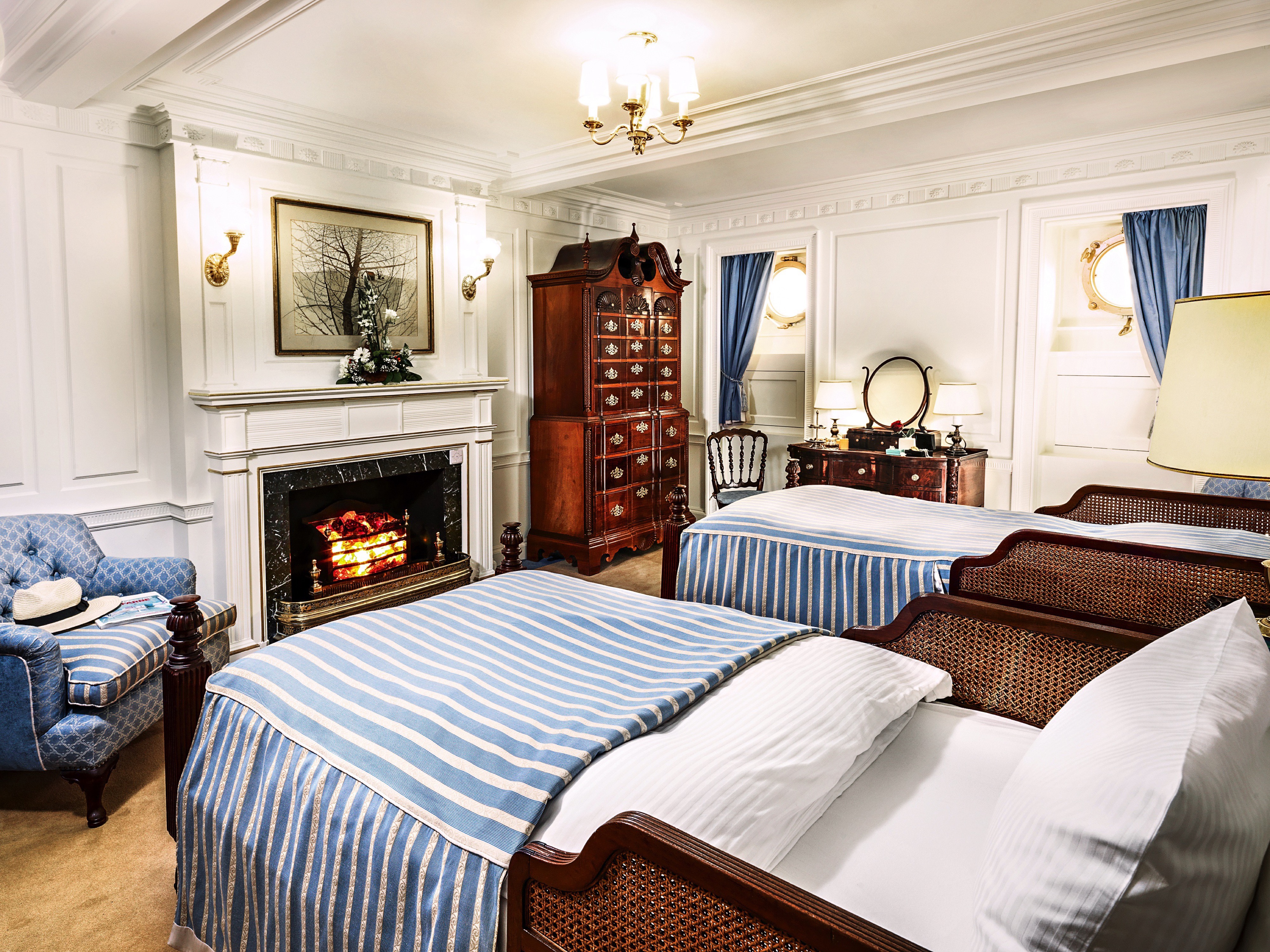
Deluxe Original Cabin (Cat. B)
Cabin 3 – The original guestrooms reflected the generous hospitality of the Huttons. Each of these cabins was individually designed with carefully selected furniture and precious materials. The original colonial-style cabin no. 3 with its comfort is a testimony to this tradition. Famous personalities from the nobility, business and show business have already bedded their heads in this and the other spacious original cabins.
Cabin 4 – During the construction period of the SEA CLOUD in Kiel and later, when Marjorie already lived on board, she collected precious antiques all over the world. The original cabin No. 4 is one of the many examples of how skillfully she integrated the valuable pieces into the interior of her private yacht.
Cabin 5 – Marjorie’s declared goal was to make her family and her guests feel at home every minute on board the SEA CLOUD. Accordingly, she has designed the rooms like this de luxe original cabin to be spacious and comfortable. Spacious antique mahogany chests of drawers, marble in the bathroom and by the fireplace and antique unique pieces spread a cosy elegance.
Cabin 6 – Every vacation on the SEA CLOUD is also a journey through time. As in all original cabins, in this de luxe cabin you will feel transported back to the time of the elegant world customer of the 1930s. The selected antique mahogany furniture is small and delicate. Thanks to the color selection of the fabrics, the room has an extremely warm, sunny and light atmosphere.
Cabin 7 – As the first owner, Marjorie also furnished the SEA CLOUD with so much love for detail because she wanted to offer her daughter Dina Merrill a wonderful and safe home on board. This is especially noticeable in cabin no. 7: here Dina spent a large part of her childhood. The furniture made of fine maple has mahogany inlays. The unusual floor plan with the sloping fireplace makes the cabin appear even larger.
Cabin 8 – The original guestrooms reflected the generous hospitality of the Huttons and still contain the soul of the SEA CLOUD. Cabin no. 8 is a fine example for the character of the exclusive private yacht as which the ship was designed from the very beginning.
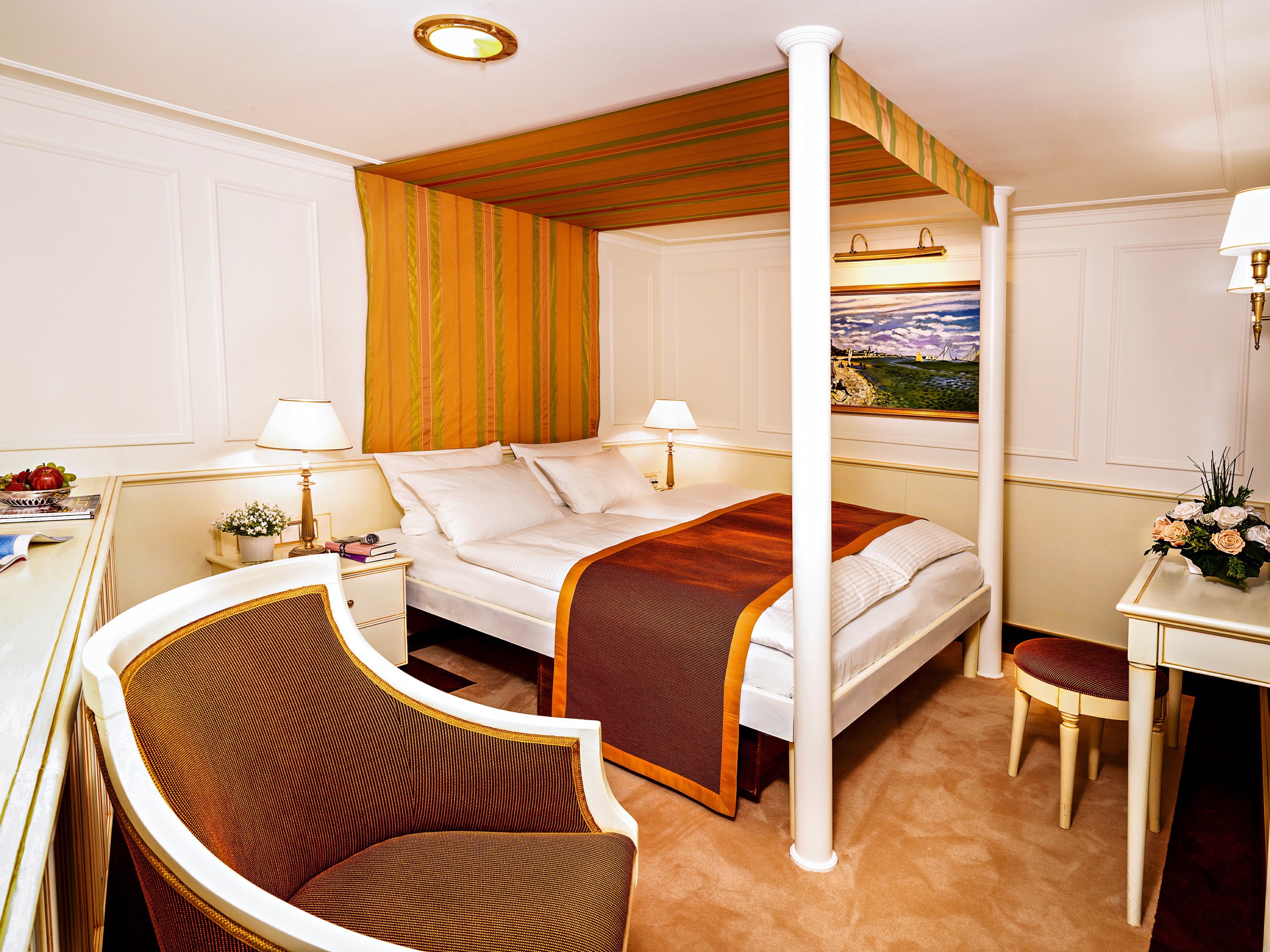
Deluxe Original Cabin (Cat. C)
Cabins 9 and 10 are located in the original area on the main deck. Both rooms were redesigned into large De-Luxe outside cabins. The design is based on historical models with a modern accentuation and is kept in warm fabrics and wood tones. Both cabins are located at the end of the original area and are connected to the promenade deck by a separate staircase.
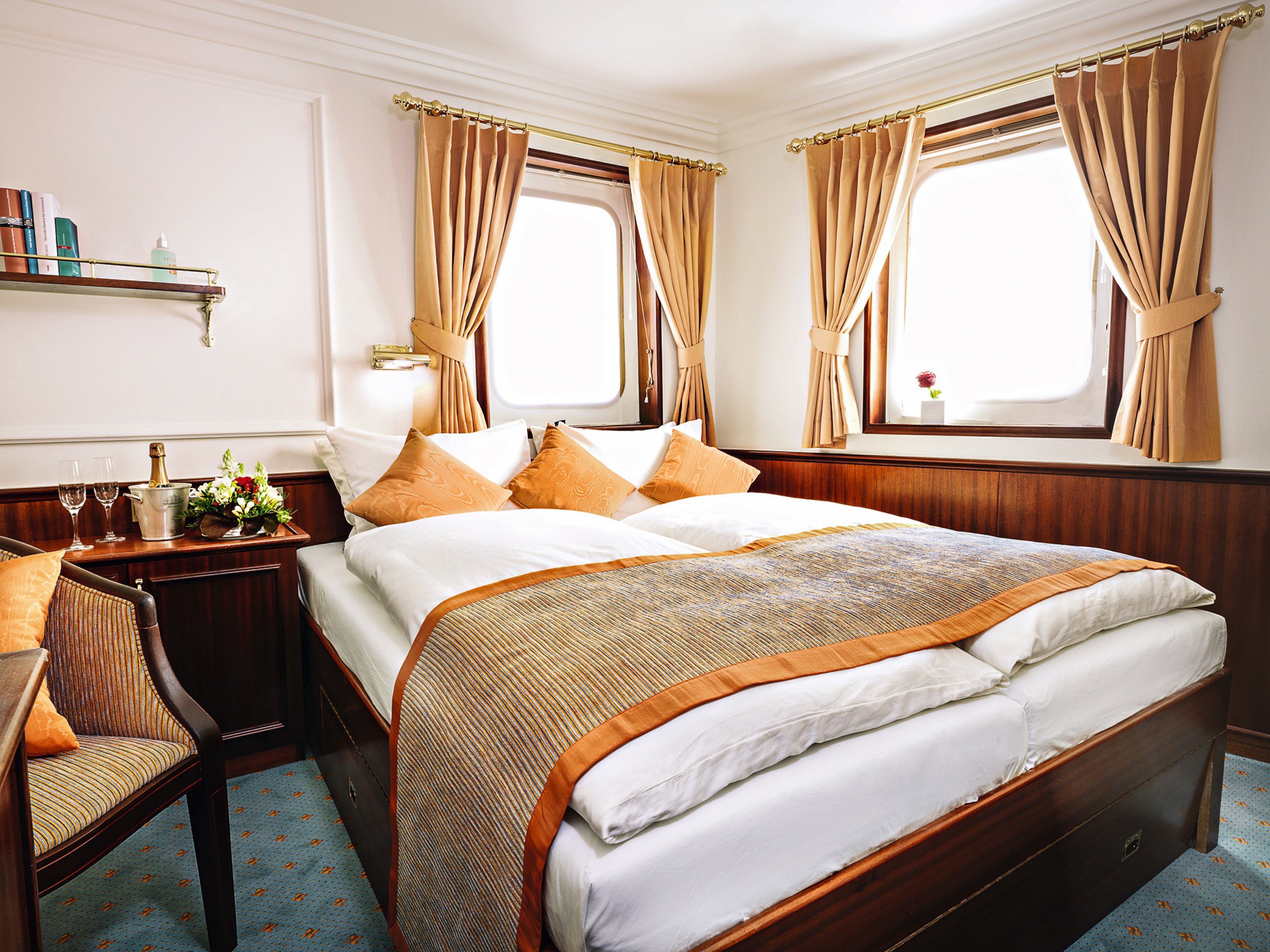
Double-Bed Cabins (Cat. 1)
Like all the cabins on the captain’s and lidodeck, these two rooms were only built in the late 1970’s and offer a great deal of comfort. Their outstanding feature is the panoramic windows placed over the corners, which make the overall impression bright and friendly.
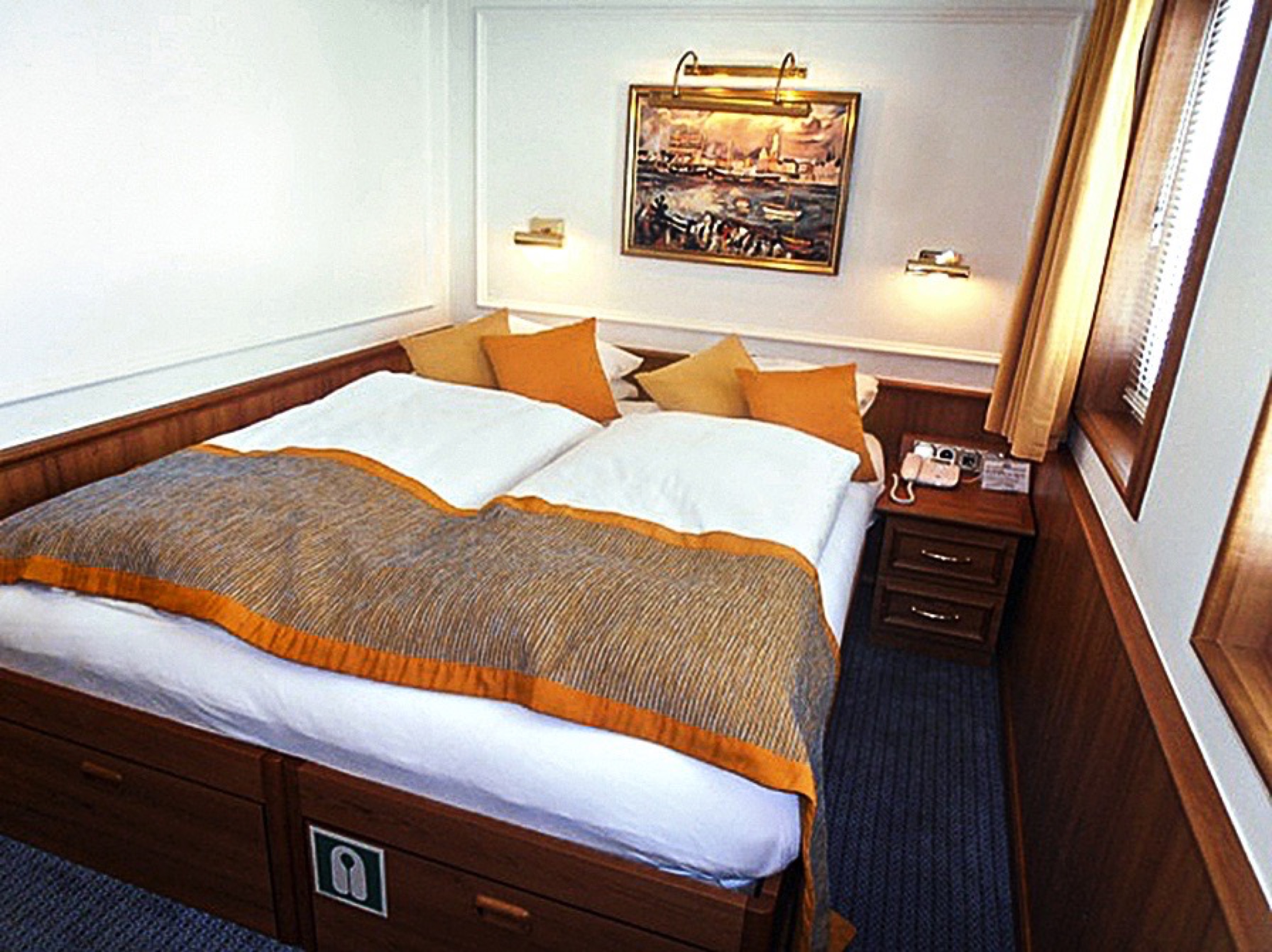
Twin-Bed Cabins (Cat. 2)
Even though the cabins on the captain’s and lidodeck were harmoniously integrated into the SEA CLOUD only later, they naturally follow the standards set in the original area. Their tasteful interior design is a contemporary interpretation of the interior designed by Marjorie Merriweather in the 1930s. The comfortable interior corresponds with the wonderful view of the wide sea.
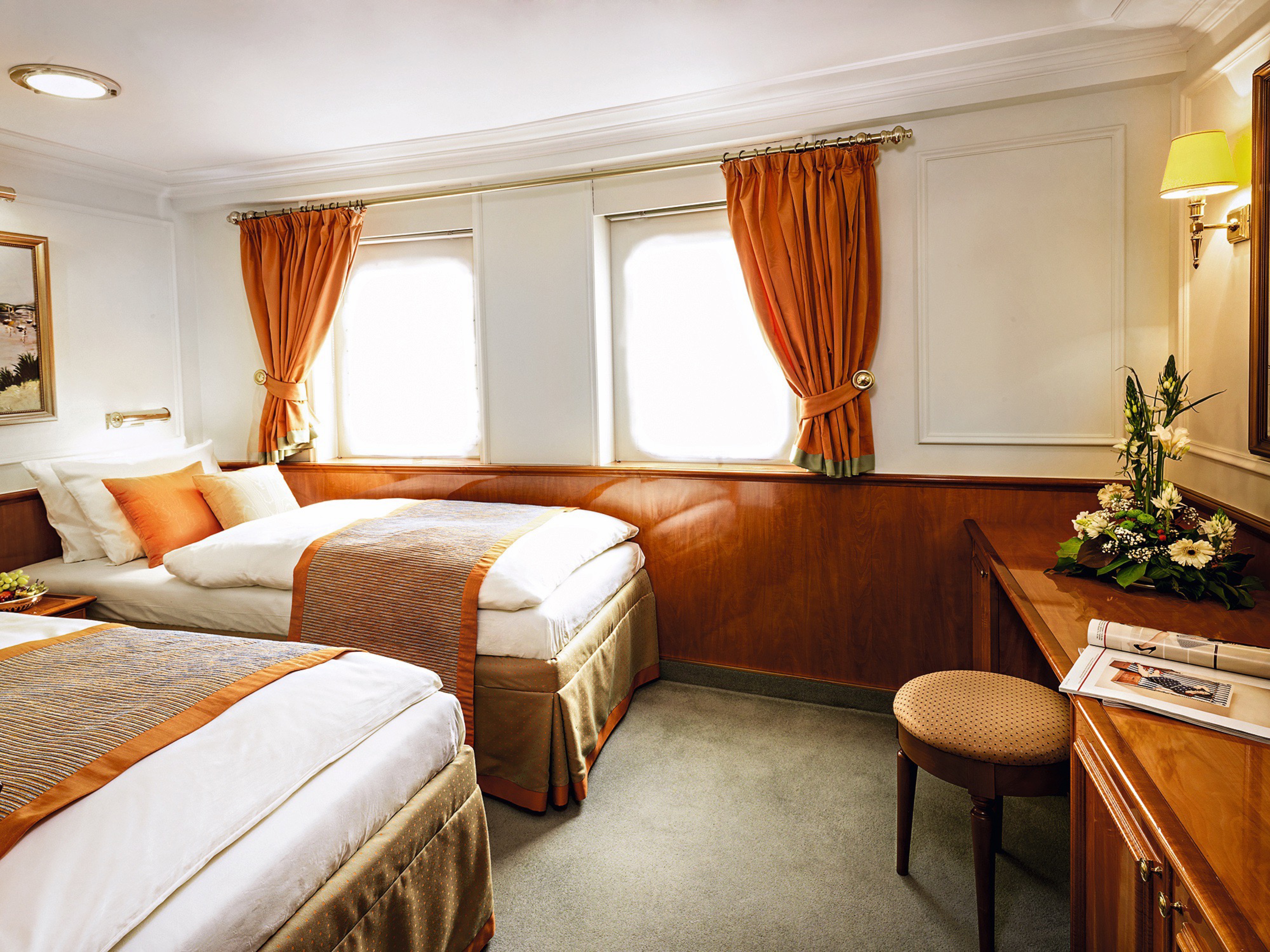
Twin-Bed Cabins (Cat.3)
These comfortable cabins have a special maritime charm due to their location between the manoeuvring stations for hoisting and lowering the sails. The deckhouse, which was added during the renovation of the SEA CLOUD, is an oasis of peace, but due to its location on the promenade deck, the cabins are also only one step away from the restaurant and lounge in the superstructure amidships.
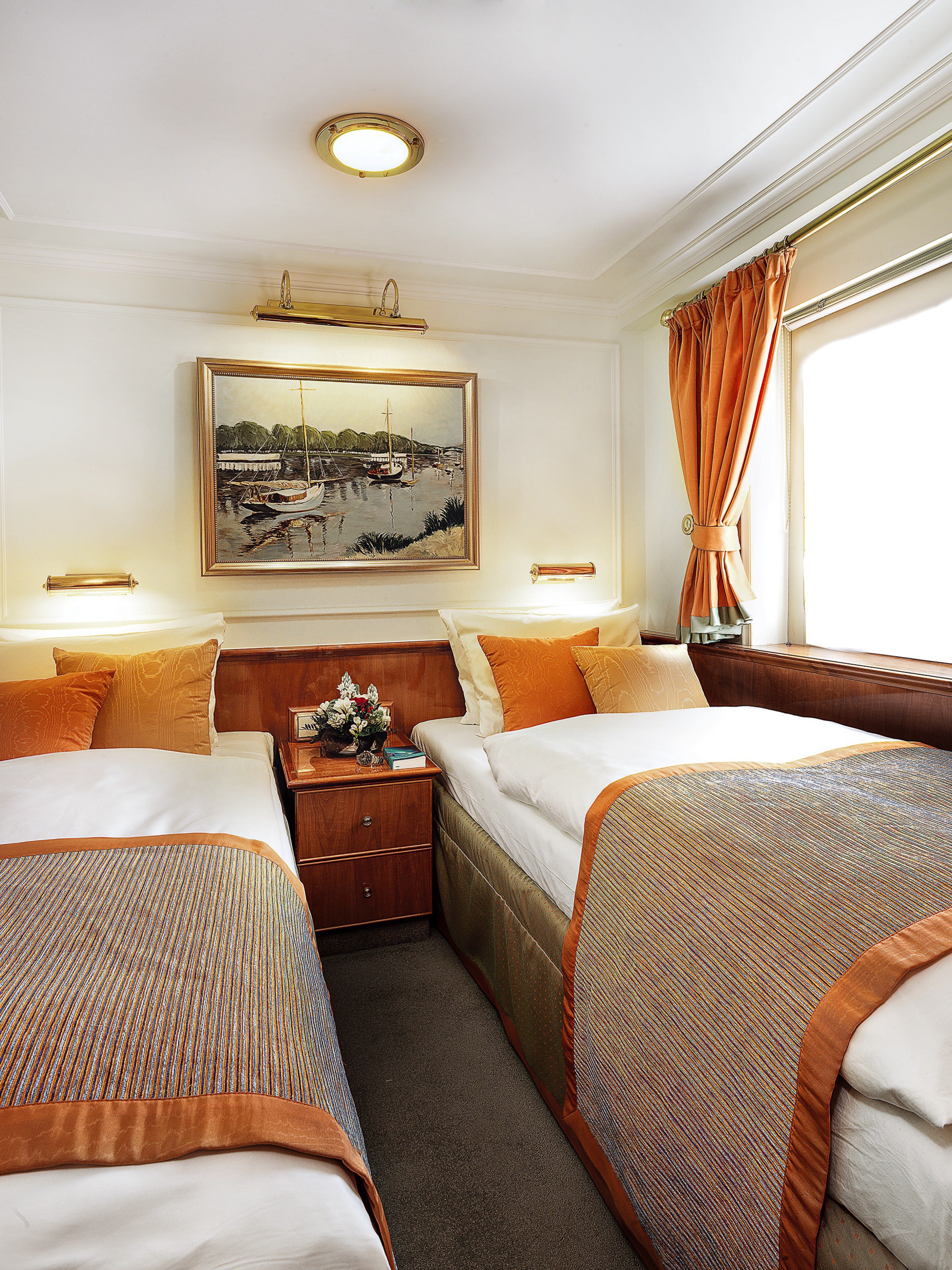
Twin Bed Cabins (Cat. 4)
In addition to the comfort and luxury that characterize the SEA CLOUD, both cabins offer a special feature: the most charming place on the tall ship – the so-called Blue Lagoon – can be reached directly from them. The semi-circular, blue cushions that give the place its name are the traditional place on board for relaxing sunbathing or – at night – for a dreamy view of the impressive starry sky above the ocean.
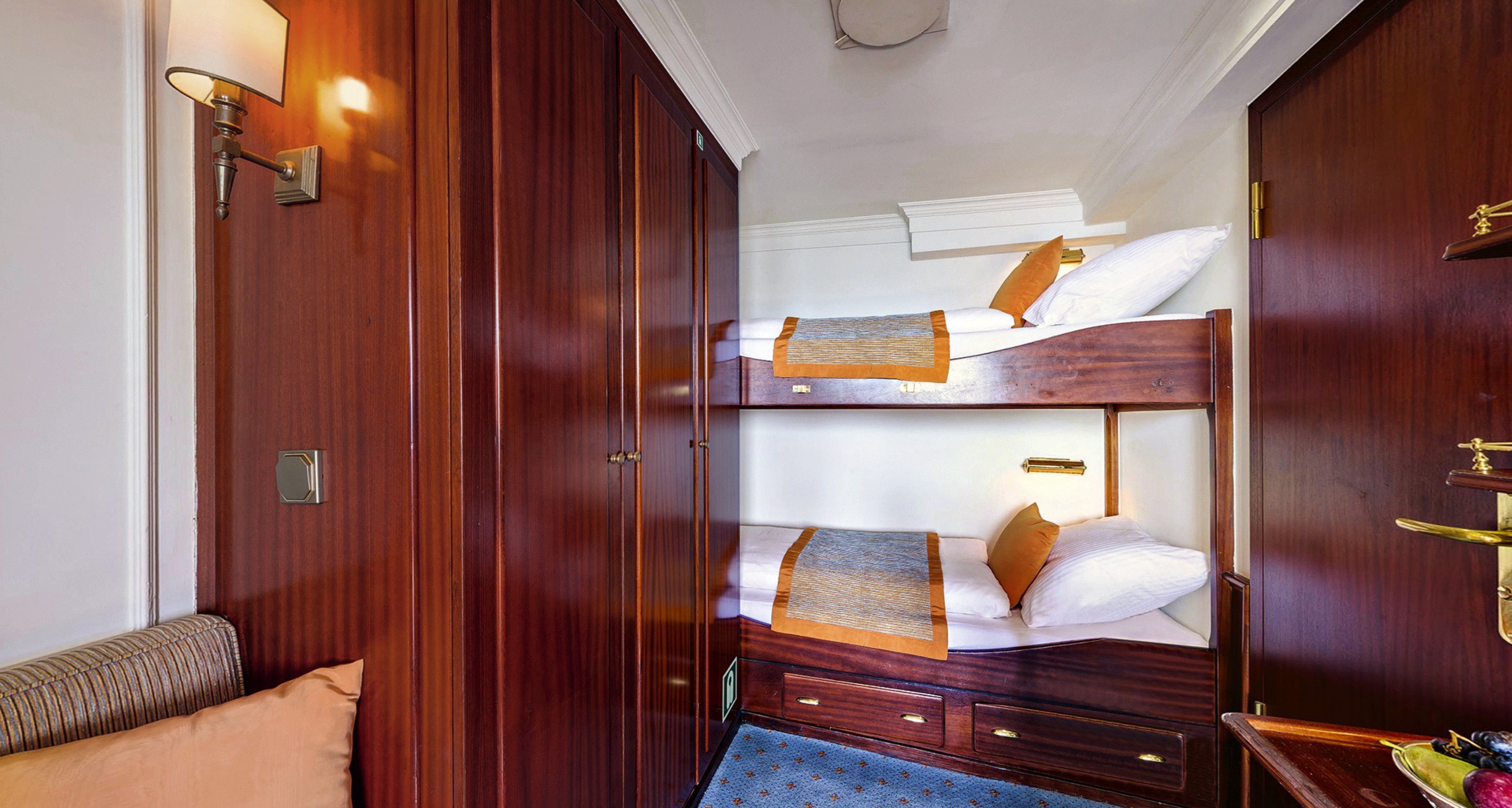
Upper-/Lower-Bed Cabins (Cat. 5)
These cabins are the right place for sailing enthusiasts. In Marjorie’s time, the officers of the SEA CLOUD were accommodated here. Their furnishings are correspondingly nautical. The clou: The doors of the cabins below the bridge deck lead directly to the promenade deck, so that at night you can sleep in the perfect maritime ambience with open doors and fresh air.

Guarantee Cabins
Guaranteed double cabins: The range of accommodation starts from Cat. 5. You will receive your exact cabin number when arriving on board. The allotment for this category is very limited.
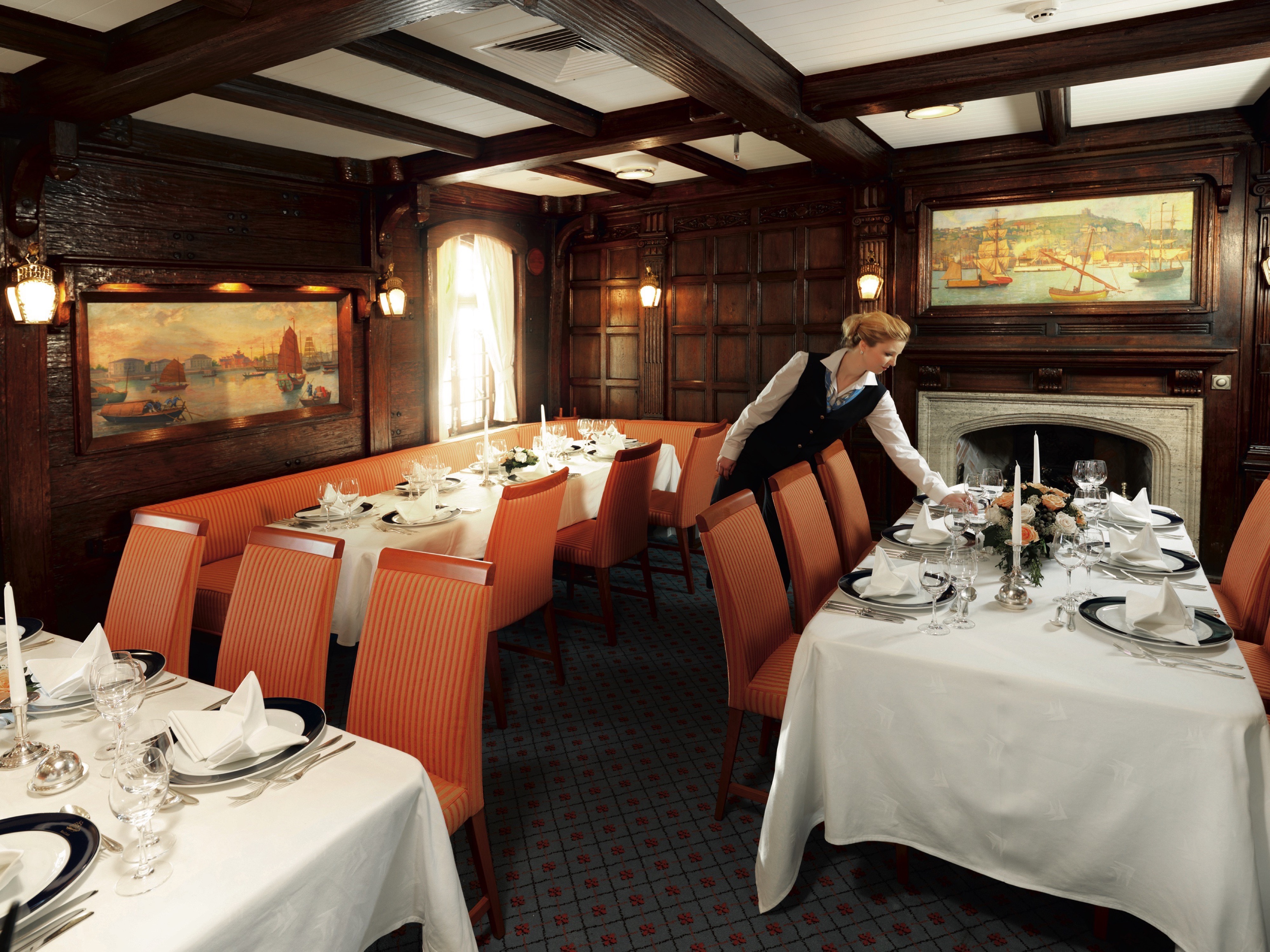
Dining On Board
Sea Cloud’s dining room is panelled in warm woods and hung with original oil paintings. It is on the Promenade Deck, in Sea Cloud’s former salon, where Marjorie Merriweather Post received her guests. The chefs come from renowned, first-class restaurants, and offer fresh, contemporary cuisine inflected with regional flavours. They use fresh ingredients sourced locally, from sustainable providers whenever possible. By adding local flavours to a menu that also includes traditional favourites, the chefs aim to give you a greater sense of the cuisine and culture in the region you’re exploring. An array of fresh fruits and delicious, fresh juices are key components of the breakfast buffet. Wines from well-known regions are served with lunch and dinner, and are included in the expedition price. There are fish or meat choices at every meal.
There’s no assigned seating in the dining room; in fact, many tables accommodate uneven numbers. This makes for easy mingling and the fun of sharing breakfast, lunch, or dinner with different new friends, or staff. And independent travellers can count on a welcome everywhere they turn.
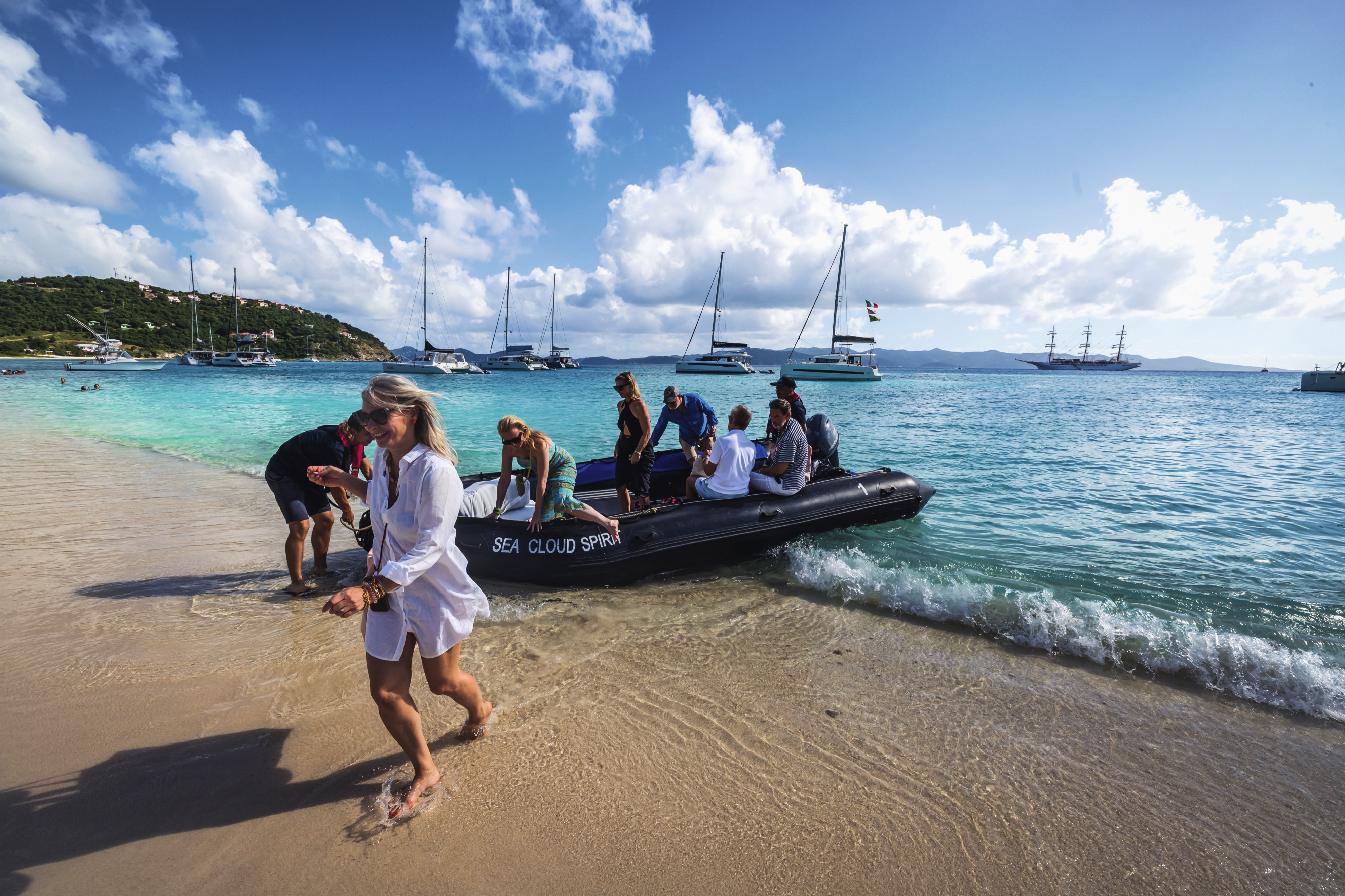
Zodiacs
Smaller ships, greater possibilities
Among the many joys of travelling smaller: a quick spin on a zodiac, enjoying the beach barbeques in secluded bays, photo safaris, pausing for a dip in the azure sea. And on selected tours, some exclusive experiences are included – a private concert, an opera house or a palace tour, a culinary visit to a special vineyard, or a front-row seat at a legendary regatta.
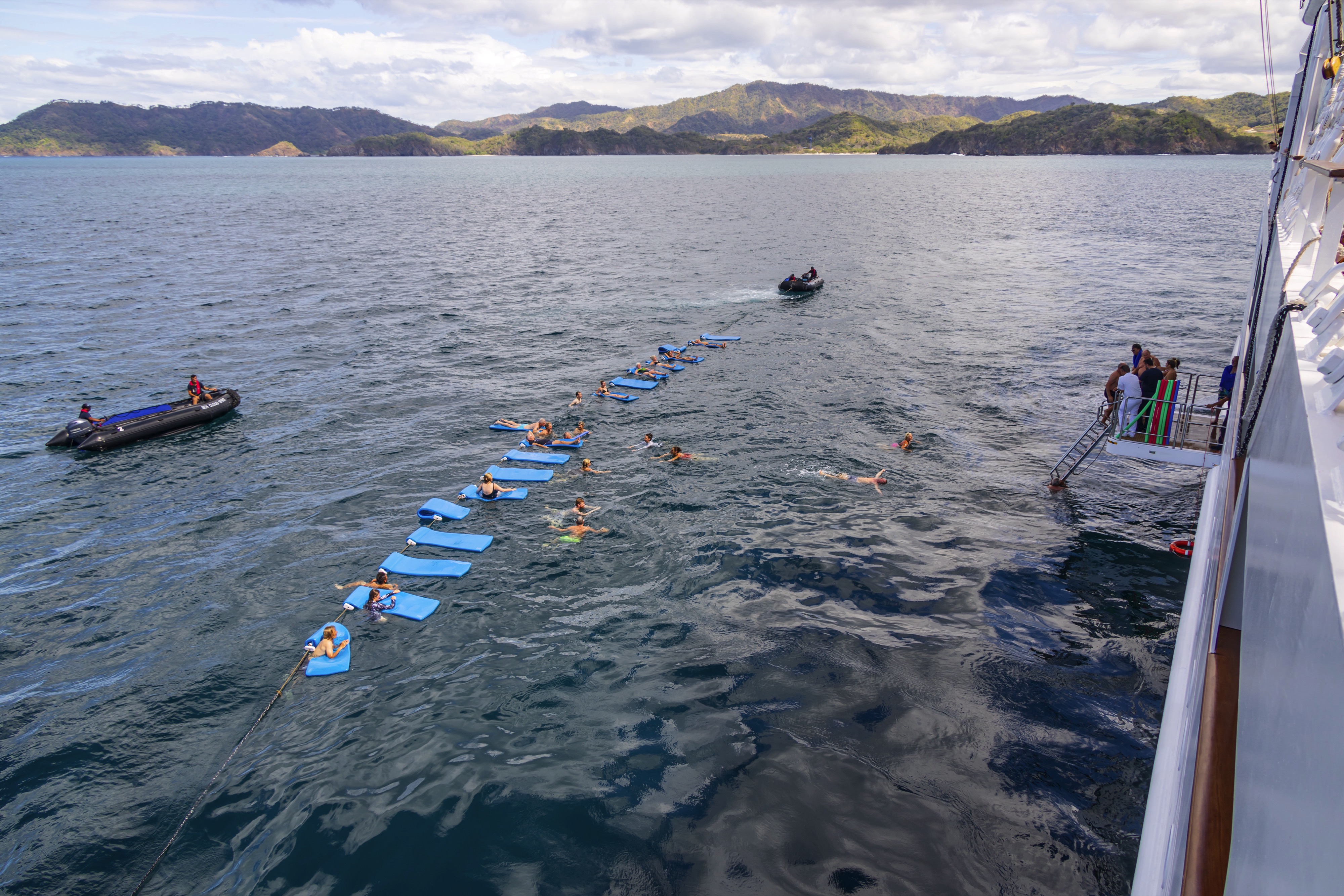
Watersports
Dive in and be active
Whether you want to start your swim directly from the ship or explore the colorful world on the reef – water sports are even more fun under the Caribbean sun. Equipment is available for everyone: Snorkels, fins and stand-up paddles are waiting for you. If you are in the mood for even greater action, let yourself be glided across the crystal clear waters by tubing in the Caribbean.
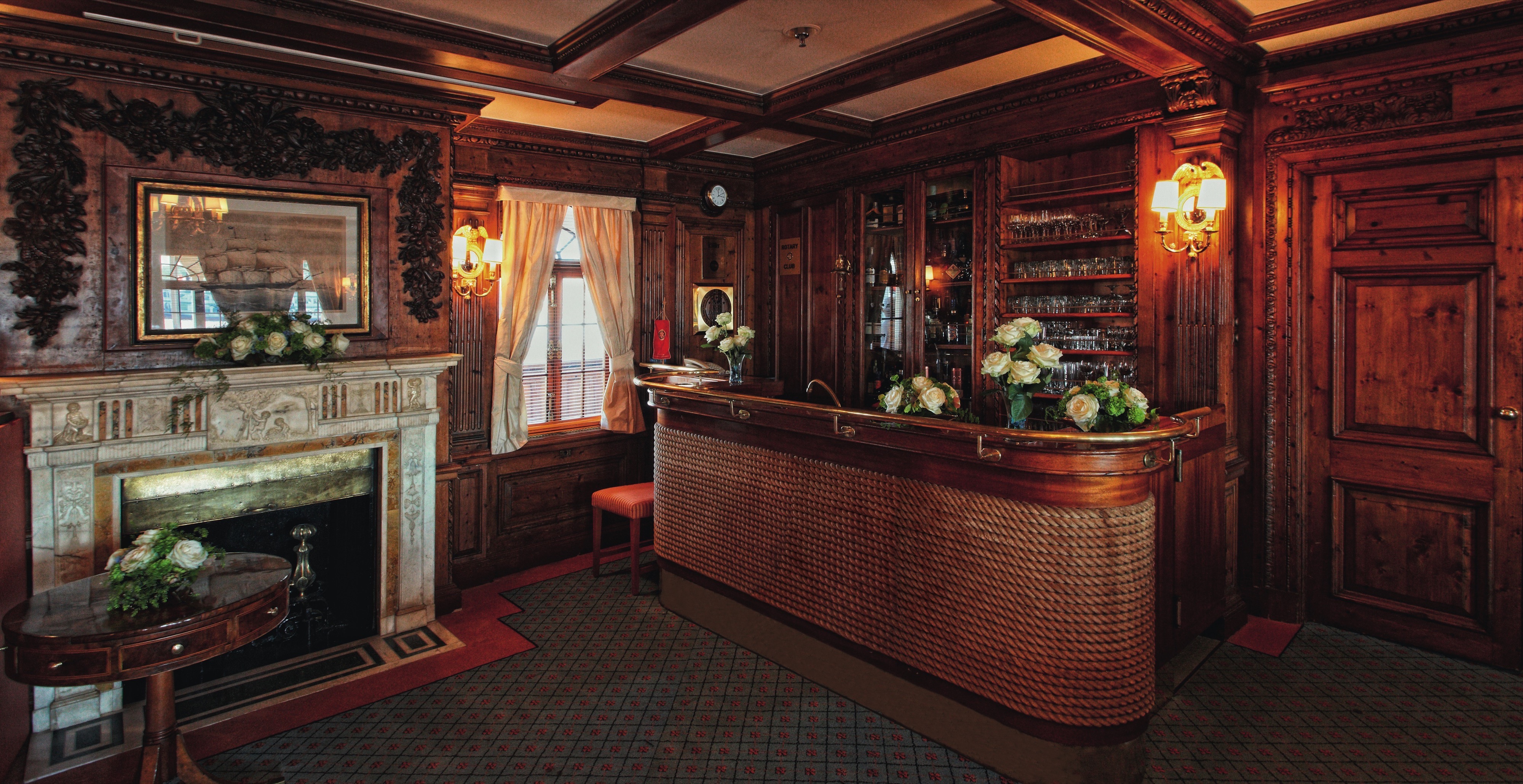
The Lounge
Selected picture books, high-quality literature, popular board games and a writing desk with a laptop can all be found in the cosy lounge on the promenade deck.
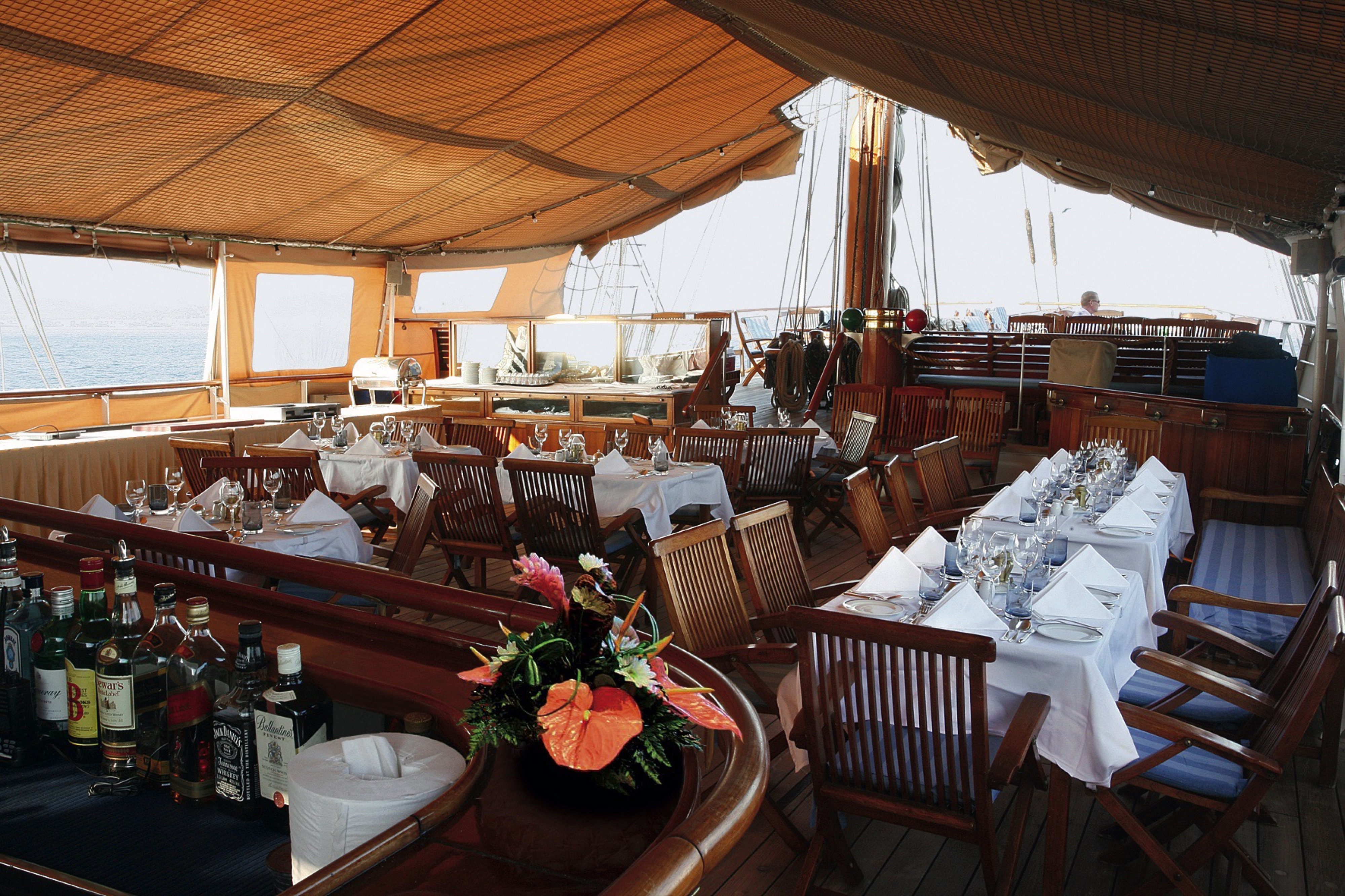
The Lido and Promenade Deck
If the weather is fine, you might like to sit on the lido deck at lunch time. The tasty snacks served at the buffet in the open air will both whet and satisfy your appetite. At certain times, our onboard pianist will provide pleasant background music to your conversations. The lido bar is a cosy place to wind down the evening. Quite befitting for any traditional sailing ship, the atmosphere can also get rather vibrant when the Crew Shanty Choir makes an appearance.
Not only is the promenade deck a quick route from one end of the ship to the other; in good weather, you will also find some very tasty refreshments there. The coffee, tea and light snacks are ideal for those who rise early, but also to provide sustenance in the afternoon between meals. Just imagine a freshly made waffle with ice cream under the white sails of a ship – that really is pure paradise!
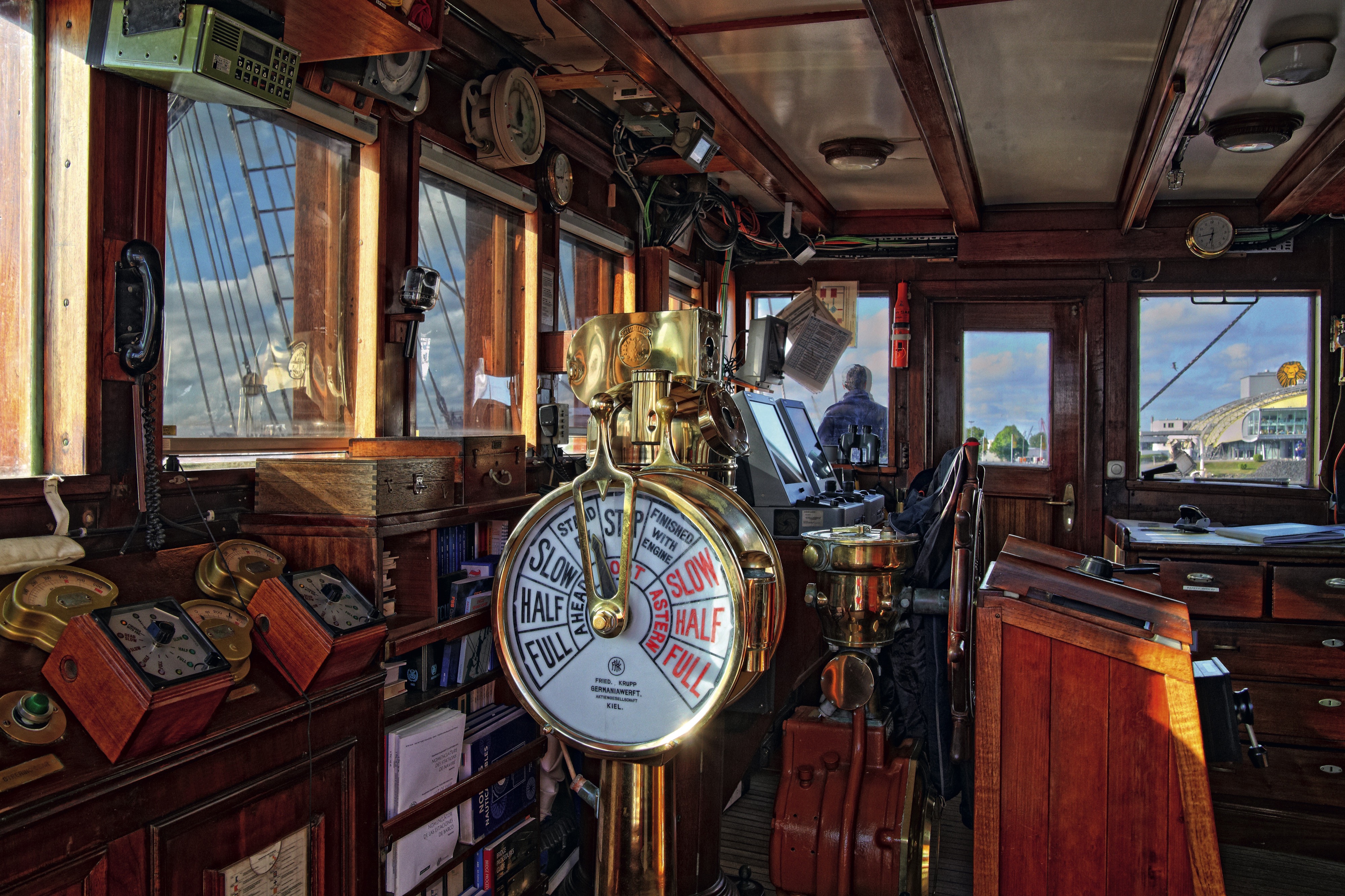
Bridge
Excellent views of the sea and the 30 majestic sails can of course be enjoyed from the SEA CLOUD’s bridge, where a range of historic nautical instruments almost conceal the modern technology. Operational circumstances permitting, the officers on the bridge will also be happy to answer questions about “their” sailing ship.
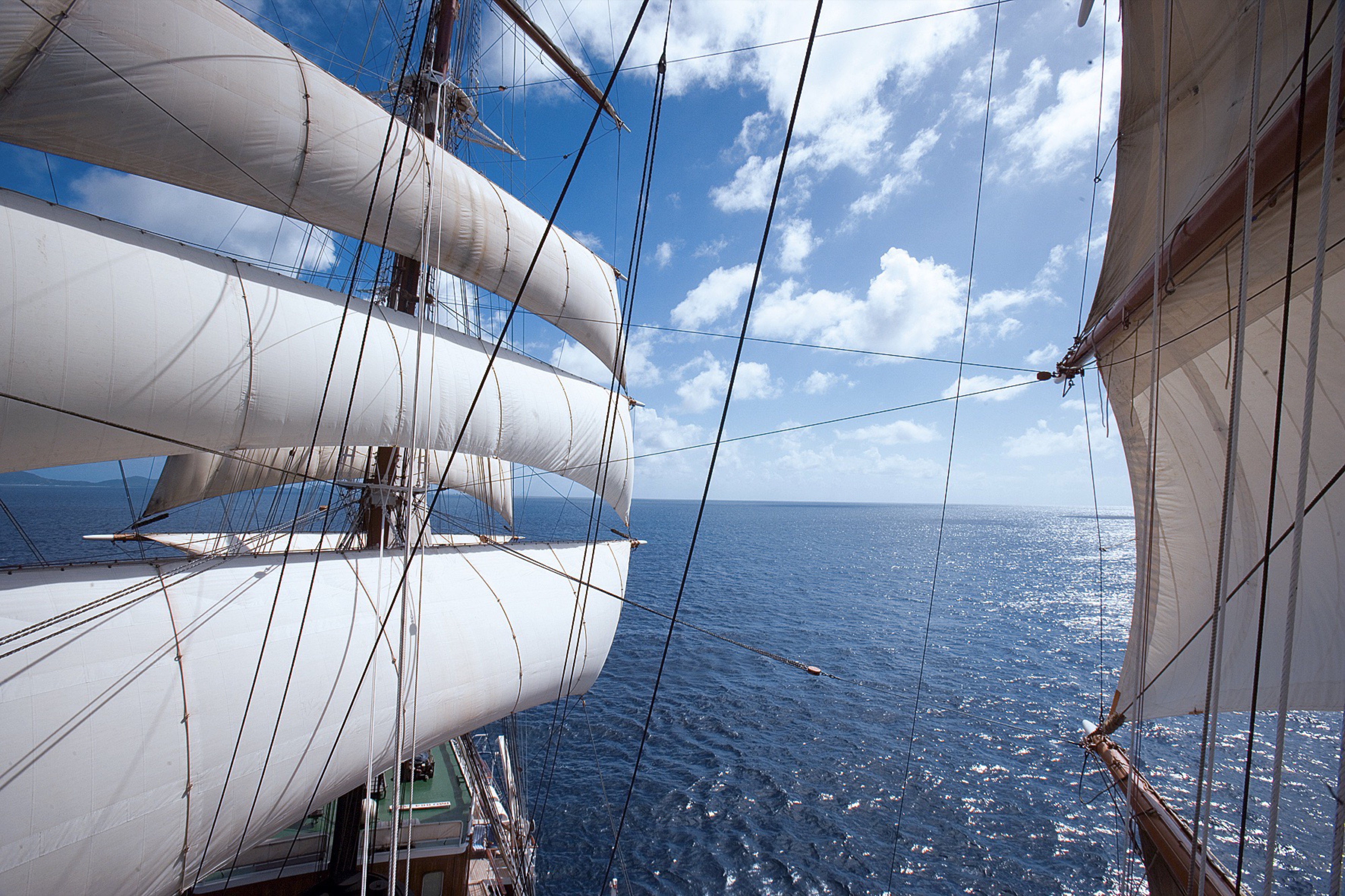
On-Board Life
On board the SEA CLOUD there are many wonderful spots where you can relax and unwind: from countless deckchairs, to elegant mahogany benches and the blue lagoon, where you can gaze up at the masts. Watching the movement of the sails and all the traditional tasks associated with a majestic sailing ship is one of the most wonderful activities on the high seas. The traditional rules of cruise travel might be thrown overboard; on board the SEA CLOUD you can travel the way you prefer. If you like, you can jog around the outer promenade deck or borrow snorkelling equipment for a trip ashore. The SEA CLOUD’s onboard zodiac boats do not just take you ashore and back but are also used to tow “Fun Island”, our inflatable water sled. And when conditions are calm enough, the gangway becomes a direct access point for the most beautiful swimming pool in the world: the sea.
Special Dietary Requirements
The chef will happily accommodate special diet requests—please let us know about any requests in advance so that we may prepare.
Dress Code
During the day, and depending on the weather, a sophisticated summer look is suitable. For the evening, we recommend smart-casual wear. We also kindly request that guests refrain from wearing shorts at evening meals. The Captain’s Dinner (an event which normally takes place twice on each trip – once on short cruises) is a time when our guests tend to opt for a more elegant look. We recommend a suit for men and appropriate smart dress for women. Please remember to take some non-slip shoes with you.
Disabled Access
Our tall ships SEA CLOUD and SEA CLOUD II are not accessible for all people with disabilities and are not suitable for wheelchair users. Please contact our cruise consultancy for further details.
Smoking Policy
Smoking is permitted only on the outer decks outside of meal times. We kindly request that smokers take the comfort of other passengers into consideration. Smoking is prohibited on the blue lagoon deck and covered areas of the spanker and lido deck at all times.
Internet Access
A laptop is available for use on board in the lounge (SEA CLOUD) or in the library (SEA CLOUD II). You can use this laptop or your own laptop to connect to the internet (Wi-Fi) using the access code, however please note that there is a charge for this. The code can be obtained from reception or the purser.
Laundry Services
Laundry services available on board are limited to washing and ironing. There is no dry-cleaning available. The washing and ironing service is provided at an additional charge and is carried out overnight. For guests with bookings in Cat. A-C (SEA CLOUD) or Cat. A+B (SEA CLOUD II), this service is free of charge. For safety reasons, passengers are not permitted to iron in their cabins.
Children on Board
Children are of course very welcome on our ships, however there is no supervision or entertainment available for children.
Sustainability & Low Impact Tourism
We approach the people and their cultures with respect in all the regions we visit, travelling mindfully through the local environment. By doing this, we can bring our guests closer – in the truest sense of the word – to these places, and what makes each one special.
THE WINDJAMMER EXPERIENCE
For you and us alike, the key attraction of our trips is the chance to sail on the open seas.
We therefore take every opportunity to set sail and be propelled by the sheer power of the wind. That is why the captain will sometimes change the route if the weather requires it. On board our SEA CLOUD tall ships, you’ll experience the elements, as many of the day-to-day activities take place outside.
HAVING AS LITTLE IMPACT AS POSSIBLE
When we do have to start the engines, we utilise low-sulphur marine diesel on all three of our windjammers.
For us, this is standard practice. Even the SEA CLOUD, our very first windjammer, was equipped with this technology right from the start. Our motto: to minimise our impact on the environment yet still make a profound and positive impression on those around us.
A SUSTAINABLE APPROACH TO LIFE ON-BOARD
Avoiding plastic, reducing water usage and protecting the environment.
These are the factors that guide us in the day to day operation of our ships and our ongoing development of eco-friendly alternatives. To cite just one example, our reusable drinks bottles are not only easy on the eye, but also easy on the environment.
QUALITY, NOT QUANTITY
Our ‘small but perfectly formed’ windjammers are able to visit smaller ports, away from the busy routes frequented by large cruise liners.
With a maximum of 64 to 136 passengers, we’re always welcomed in those locations thanks to our approach of visiting local communities rather than overwhelming them. Needless to say, our itineraries also include some classic destinations, though we usually visit these only when the mega-liners have moved on.
BOOSTING THE LOCAL ECONOMY
Procuring supplies locally, working with local, smaller-scale agencies and paying fair prices.
By taking this approach, we see ourselves as a partner for our local service providers, with whom we’ve built relationships based on trust over many years. After all, we want our voyages to benefit both our guests and the communities we visit around the world.
AUTHENTIC CUISINE
Our menus are always a true reflection of the regional cuisine.
This is because our chefs enjoy buying exotic spices, local specialities and freshly caught fish from local markets to bring you – even in a culinary sense – closer to the places we visit.
A MEMBER OF THE FUTOURIS NETWORK
Heading into the future with Futouris.
Preserving the natural and cultural heritage of our world and shaping the future of tourism in a sustainable way is what Futouris stands for. Members of the network are working globally to improve people’s living conditions, preserve biodiversity and protect the environment and climate.
Medical Facilities
All three ships have a hospital, which is supervised by a ship’s doctor. Medical consultation hours can be found in the daily program. In case of an emergency, the doctor can be reached at any time by calling 911.

Captain's and Lido Deck
- Bridge
- Lido Bar
- Lido Deck
- Spanker Deck
- Category 1 Cabins (Double Bed Cabins)
- Category 2 Cabins (Twin Bed Cabins)

Promenade Deck
- Purser
- Hospital
- Restaurant
- Lounge
- Category 3 Cabins (Twin-Bed Cabins)
- Category 4 Cabins (Twin-Bed Cabins)
- Category 5 Cabins (Upper-/Lower-Bed)

Main Deck
- Deluxe Category A Cabins (Luxury Owner’s Cabins)
- Deluxe Category B Cabins (De Luxe Original Cabins)
- Deluxe Category C Cabins (De Luxe Outside Cabins)
